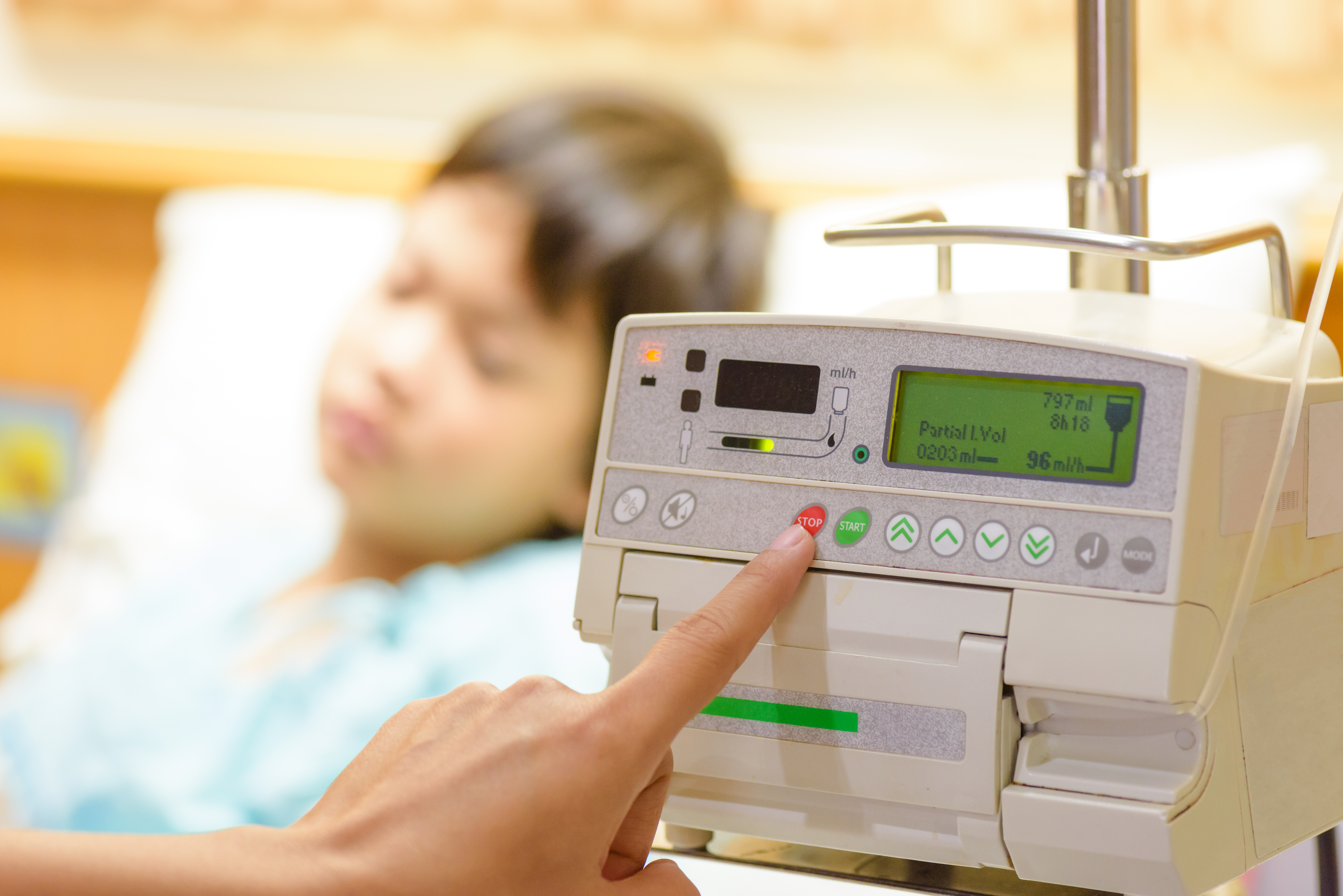Key Points:
- Stroke is a feared complication of TAVR. However, the potential impact of cerebral embolic protection (CEP) devices is unclear. The PROTECTED TAVR study was a post-market RCT to examine the utility of CEP devices in TAVR patients across all risk categories.
- CEP device use did not result in a significant difference in all strokes at 72 hours or discharge, but it did reduce the rate of disabling strokes in secondary analysis.
- CEP device use was safe, with no difference in the safety composite of all-cause mortality and stroke and only a 0.1% risk of vascular complication related to CEP.
Stroke is a well-known complication of TAVR, with an overall risk estimated between 1-5% at 30 days. However, the potential role of cerebral embolic protection during TAVR to reduce post-procedure stroke has not yet been established. In a breaking presentation at the 2022 TCT Conference today, Dr. Samir R Kapadia (Cleveland Clinic) and his team presented their study: “Cerebral Embolic Protection During Transcatheter Aortic Valve Replacement,” or the PROTECTED TAVR Study.
The PROTECTED TAVR study (NCT04149535) was a prospective, post-market, multicenter randomized controlled trial held across a total of 51 centers in North America, Europe, and Australia which assessed whether the use of cerebral embolic protection (CEP) reduced clinical stroke in transfemoral TAVR patients. The inclusion criteria included any patient of any risk category undergoing transfemoral TAVR with an approved TAVR device; relevant exclusions included known >70% stenosis, dissection, or aneurysm in the left common carotid or braciocephalic artery, excessively tortuous access vessels, and uncorrected bleeding disorders. A total of 3000 patients were randomized, with 1487 ultimately completing follow-up in the TAVR only group and 1483 in the TAVR with CEP group. Use of Sentinel CEP was feasible in 94.4% of patients attempted. All patients received a neurological exam at baseline and either at discharge or 72 hours post TAVR (whichever came first). The mean age was 78.9, and 40% of patients were women. 30% of patients were classified as extreme/high surgical risk, 55% had severe/extreme native valve calcification severity, and the average CHADS-VASC score rating was 4.2. 64% underwent TAVR with a balloon expandable valve.
The primary endpoint was all ischemic and hemorrhagic stroke at 72 hours or discharge (whichever comes first); patients who underwent CEP had no significant difference in this outcome (2.9% vs 2.3%, p =0.3). When stratified by disabling vs non-disabling stroke, there was no difference in rates of non-disabling stroke, but patients with CEP had a lower rate of disabling stroke (1.3% vs 0.5%, p= 0.02). On safety analysis, the safety composite of all-cause mortality and stroke was 2.7% in the CEP group and 3.0% in the no CEP group. There was a 0.1% risk of CEP access-site vascular complication.
When discussing the clinical implications of the study at TCT, Dr. Kapadia stated: “CEP with the Sentinel device should be considered for all patients undergoing TAVR in order to reduce disabling strokes…the number needed to treat for prevention is 125.”


